Audio Described Tour Masculinities: Liberation through Photography
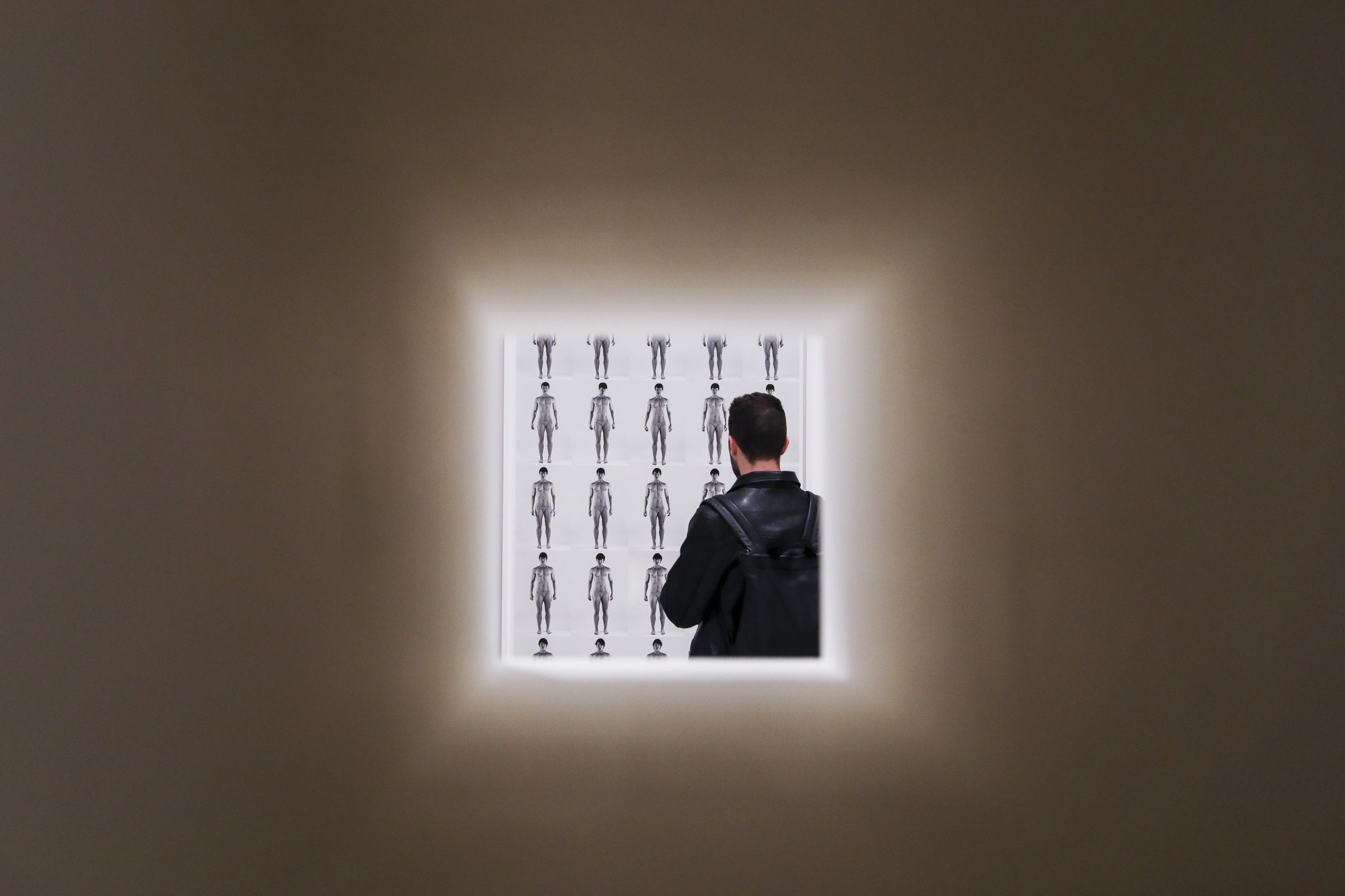
Explore a selection of works from our Masculinities: Liberation through Photography exhibition in this descriptive audio tour with Lisa Squirrel, for blind and partially sighted visitors to the gallery, or to experience the exhibition from home.
Each work is accompanied by an audio track offering a short introduction and a detailed description of the photograph.
Thomas Dworzak - 'Taliban Portraits'
Listen
In 2012, in an online exclusive interview for the magazine Artscope, the Magnum photographer, Thomas Dworzak was asked, 'What makes a great photograph?' and Dworzak replied, 'When it sort of all falls into place. The content. The information. The framing, the light. Innocence. And a good dose of confusion… But in general think there is less of an importance of 'great photographs'…a lot depends on the context it is shown, the presentation'.
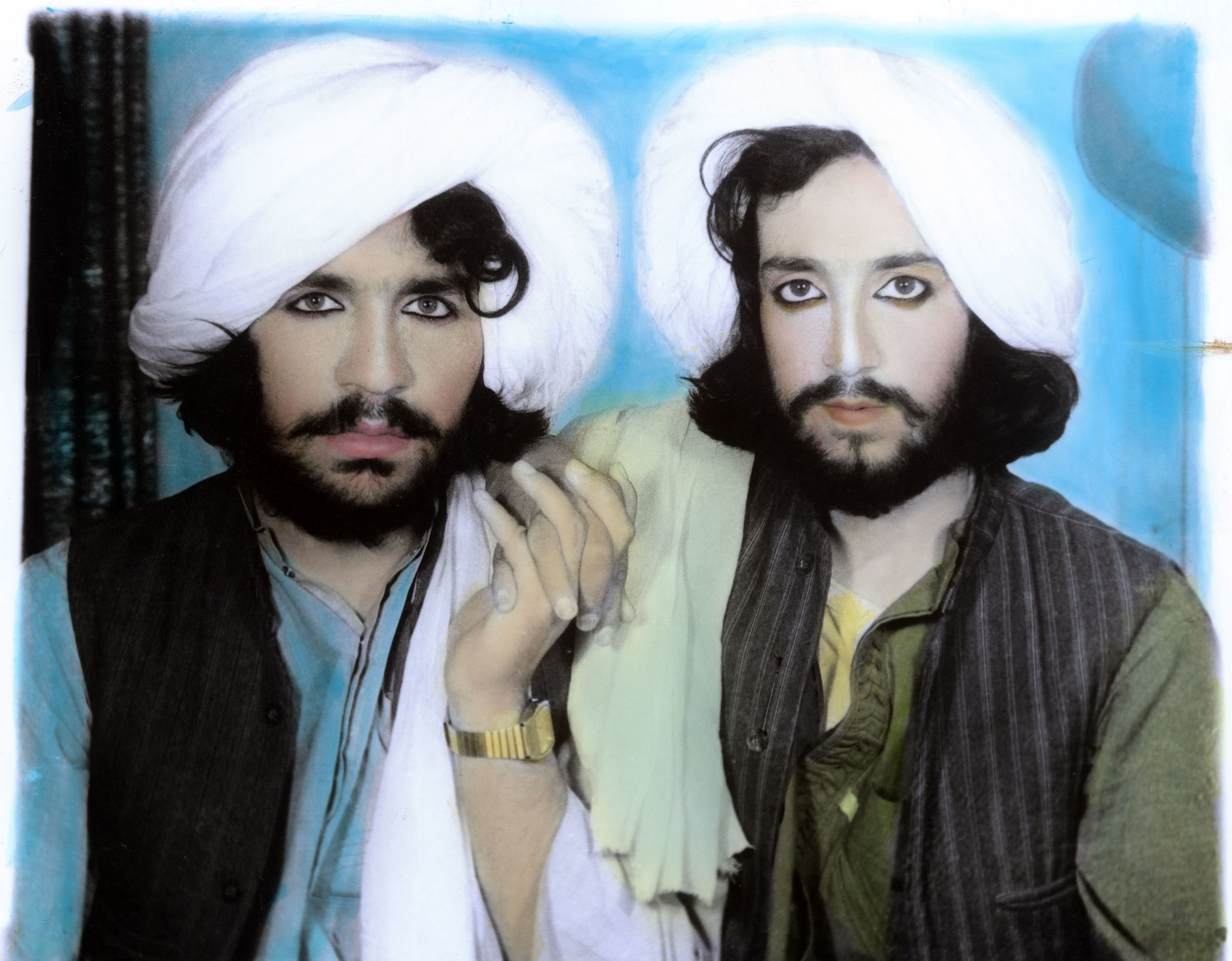
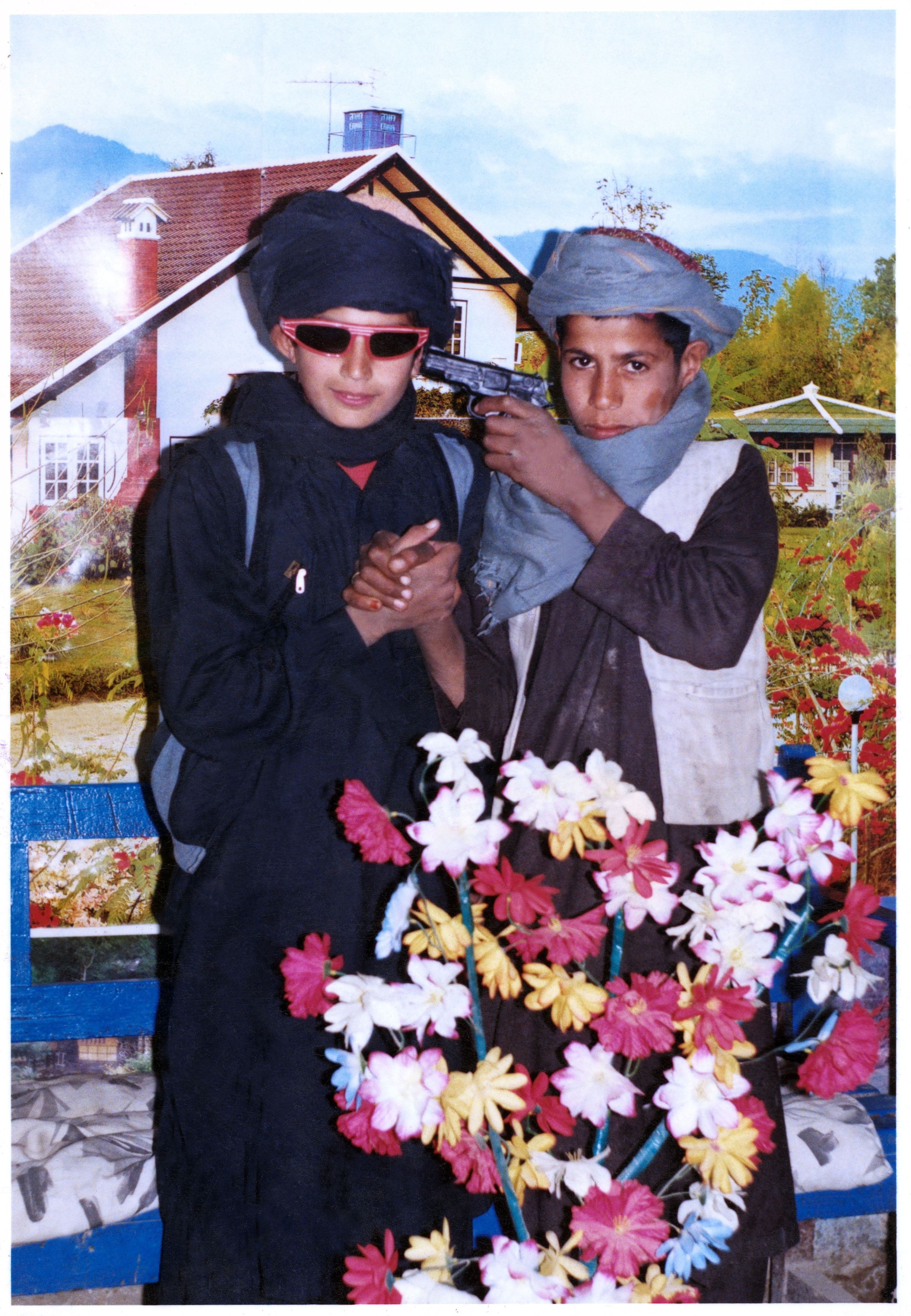

Thomas Dworzak, Taliban portraits, Kandahar, Afghanistan, 2002 © Collection T. Dworzak/Magnum Photos
Thomas Dworzak, Taliban portraits, Kandahar, Afghanistan, 2002 © Collection T. Dworzak/Magnum Photos

Thomas Dworzak, Taliban portraits, Kandahar, Afghanistan, 2002 © Collection T. Dworzak/Magnum Photos
Thomas Dworzak, Taliban portraits, Kandahar, Afghanistan, 2002 © Collection T. Dworzak/Magnum Photos
Cassils - 'Timelapse'
Listen
From a 2013 interview with Nell Frizzell for The Guardian newspaper: 'I resist the idea that you have to live as a man or as a woman,' Cassils explains. 'I didn't know any queer people until my 20s, let alone have any language for a trans identity. I just remember wanting to present my body in a more male fashion. The crux of my work is to create something that isn't so black-and-white.'
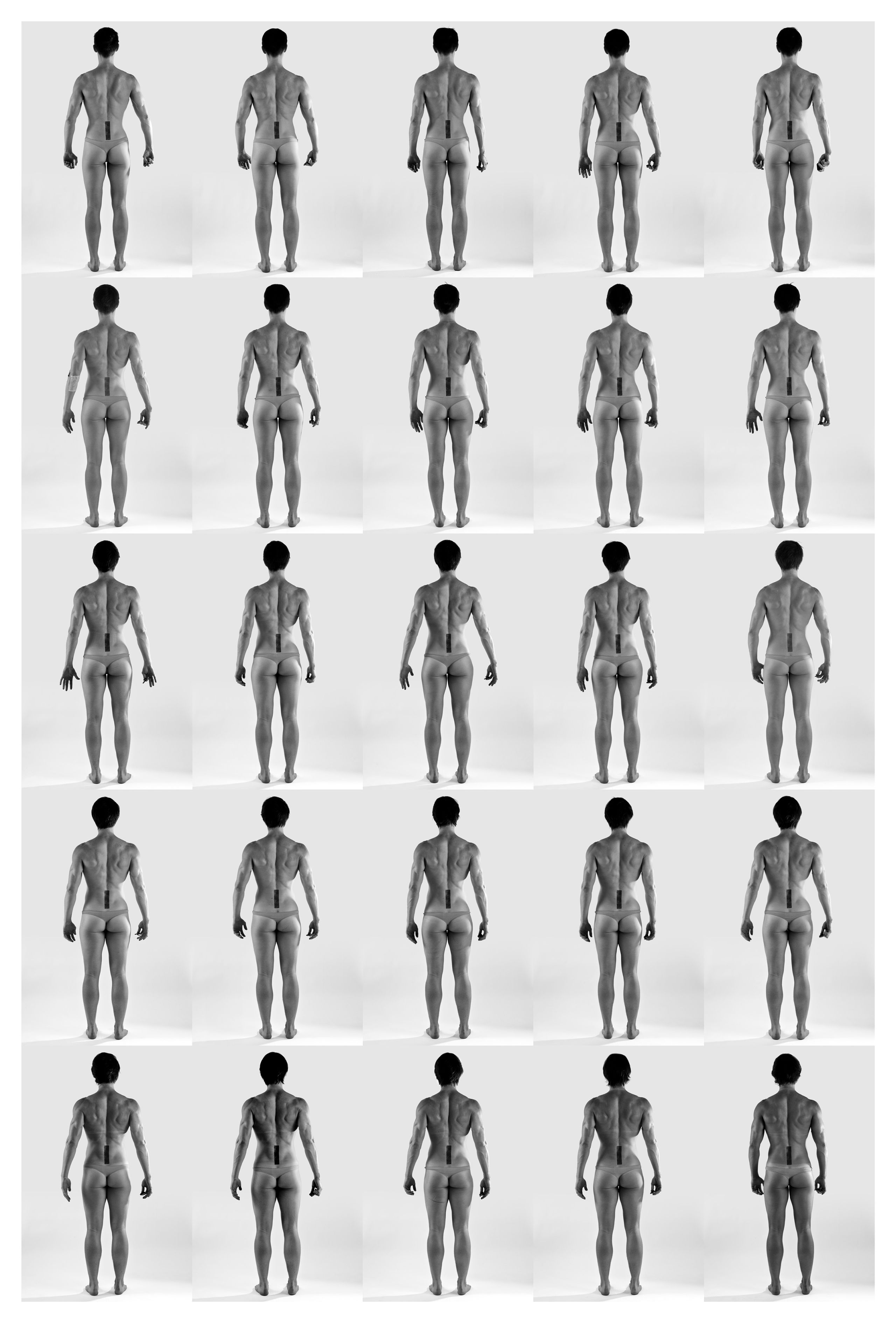
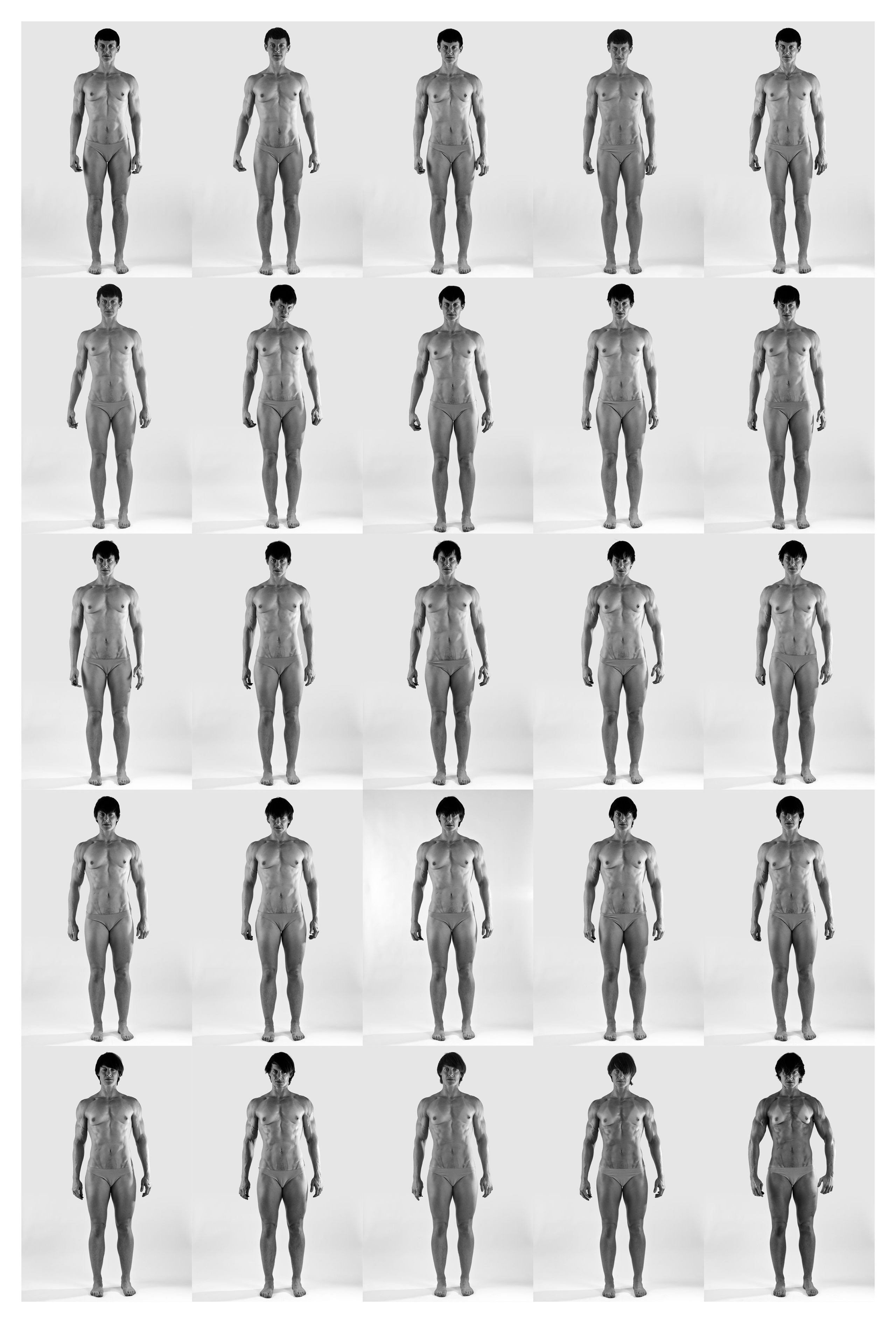
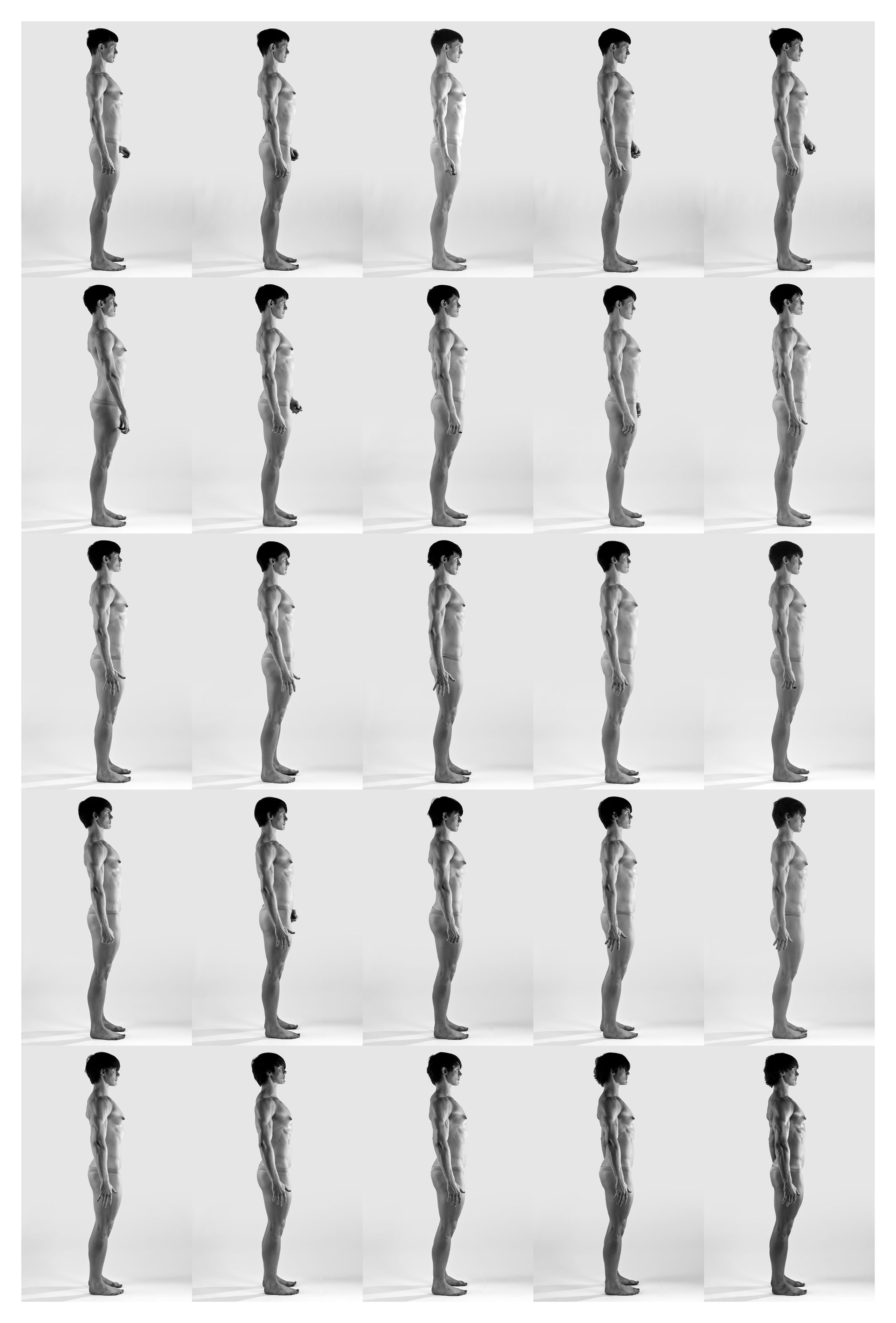
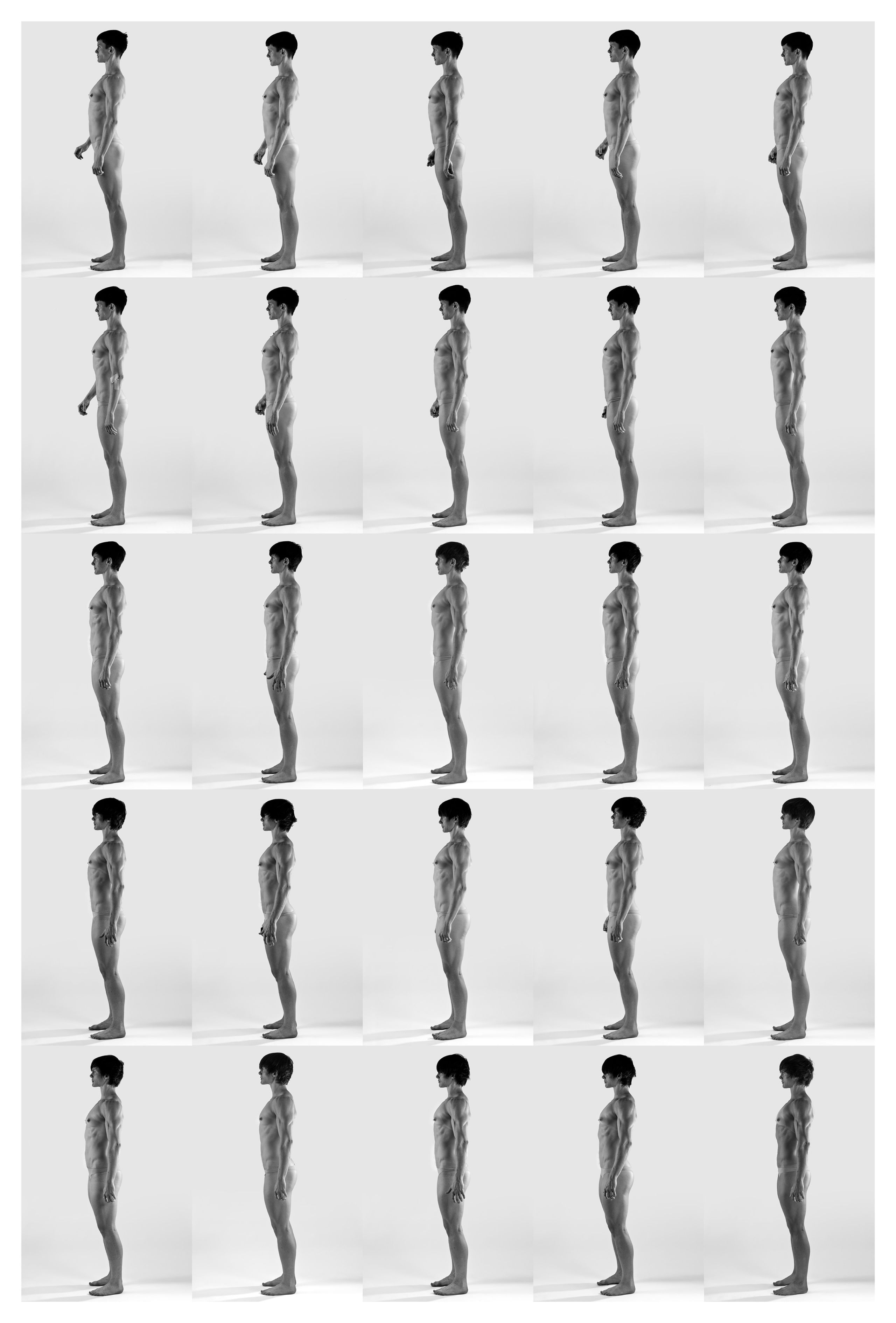

Cassils, Time Lapse (Back), 2011 © Cassils. Courtesy the artist and Ronald Feldman Gallery, New York
Cassils, Time Lapse (Back), 2011 © Cassils. Courtesy the artist and Ronald Feldman Gallery, New York

Cassils, Time Lapse (Front), 2011 © Cassils. Courtesy the artist and Ronald Feldman Gallery, New York
Cassils, Time Lapse (Front), 2011 © Cassils. Courtesy the artist and Ronald Feldman Gallery, New York

Cassils, Time Lapse (Right), 2011 © Cassils. Courtesy the artist and Ronald Feldman Gallery, New York
Cassils, Time Lapse (Right), 2011 © Cassils. Courtesy the artist and Ronald Feldman Gallery, New York

Cassils, Time Lapse (Left), 2011 © Cassils. Courtesy the artist and Ronald Feldman Gallery, New York
Cassils, Time Lapse (Left), 2011 © Cassils. Courtesy the artist and Ronald Feldman Gallery, New York
Duane Michals - 'The Return of the Prodigal Son'
Listen
From an interview with Duane Michals from the Photographic Journal: 'I’ve always told stories. And it’s all about language and ideas rather than something, some description.'
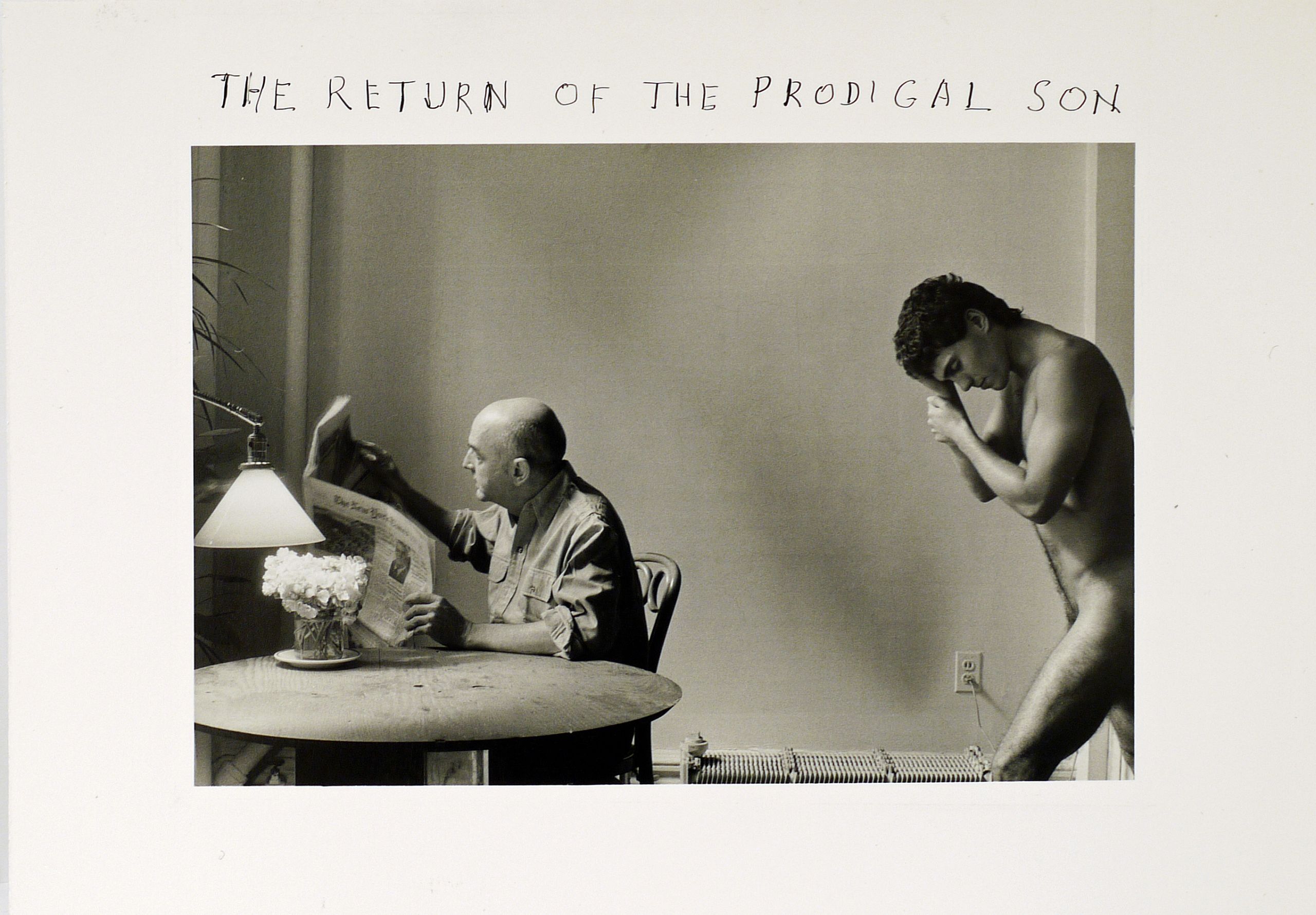
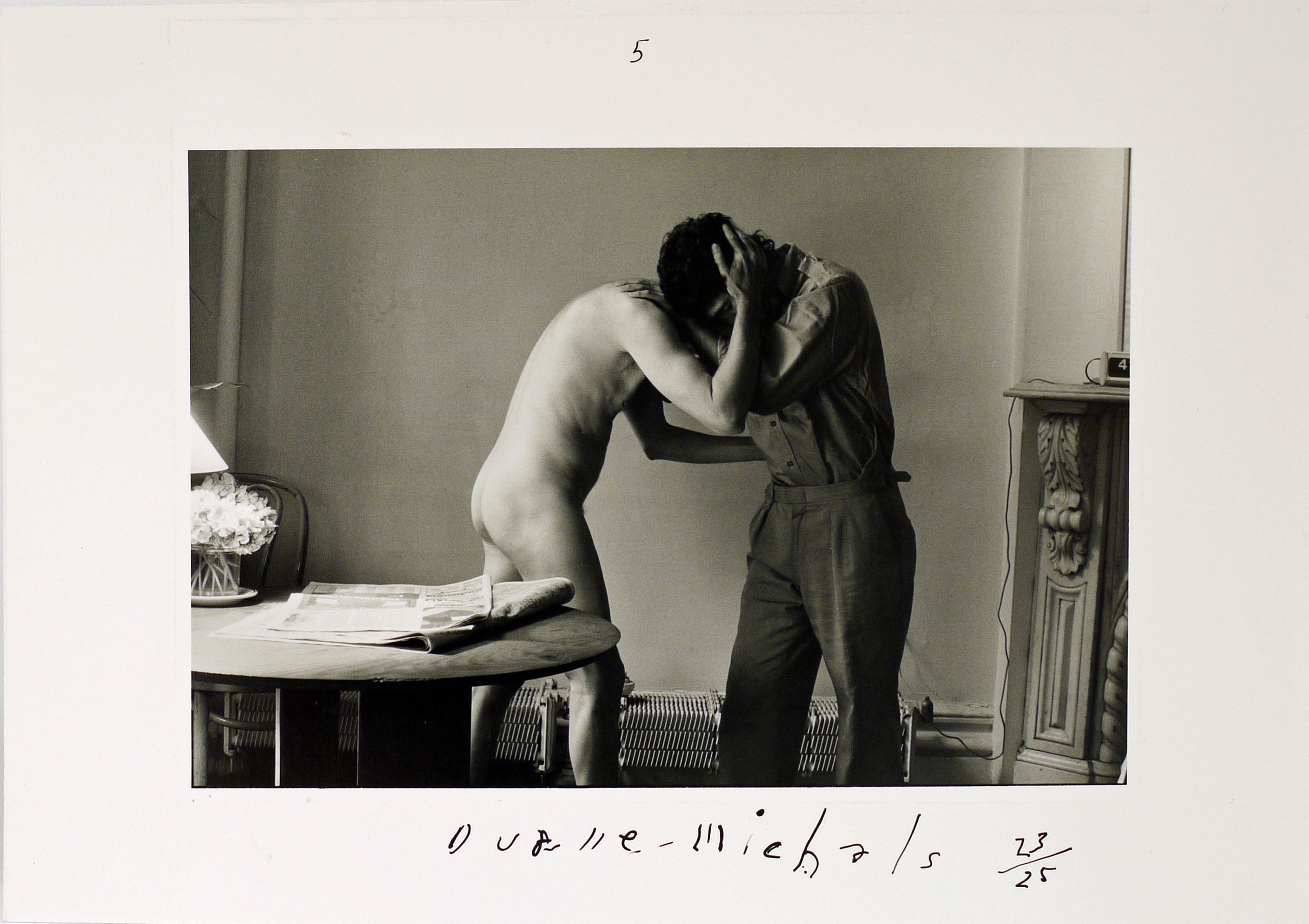

Duane Michals, The Return of the Prodigal Son, 1982. Five gelatin silver prints with hand-applied text, detail of image 1 of 5 © Duane Michals. Courtesy of DC Moore Gallery, New York
Duane Michals, The Return of the Prodigal Son, 1982. Five gelatin silver prints with hand-applied text, detail of image 1 of 5 © Duane Michals. Courtesy of DC Moore Gallery, New York

Duane Michals, The Return of the Prodigal Son, 1982. Five gelatin silver prints with hand-applied text, detail of image 5 of 5 © Duane Michals. Courtesy of DC Moore Gallery, New York
Duane Michals, The Return of the Prodigal Son, 1982. Five gelatin silver prints with hand-applied text, detail of image 5 of 5 © Duane Michals. Courtesy of DC Moore Gallery, New York
Anna Fox - 'My Mother's Cupboards, My Father's Words'
'The content of family photographs was dominated by celebratory occasions, such as weddings, birthdays, and vacations. Few families resolutely set out to record the look of everyday life, such as messy kitchens and unmade beds. Fewer still made visual records of emotionally trying times or used the camera for psychological self-study or therapy.'
Mary Warner Marien
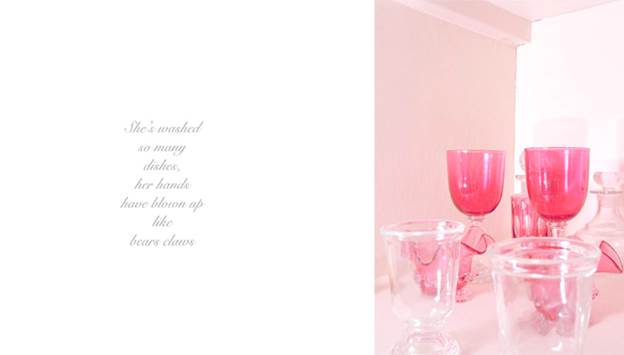
Anna Fox, Untitled from the series My Mothers' Cupboards and My Fathers' Words, 2000 (publication date)
© Anna Fox, courtesy James Hyman Gallery, London.
Anna Fox, Untitled from the series My Mothers' Cupboards and My Fathers' Words, 2000 (publication date)
© Anna Fox, courtesy James Hyman Gallery, London.
David Wojnarowicz - 'Arthur Rimbaud in New York (laying on a mattress)
Listen
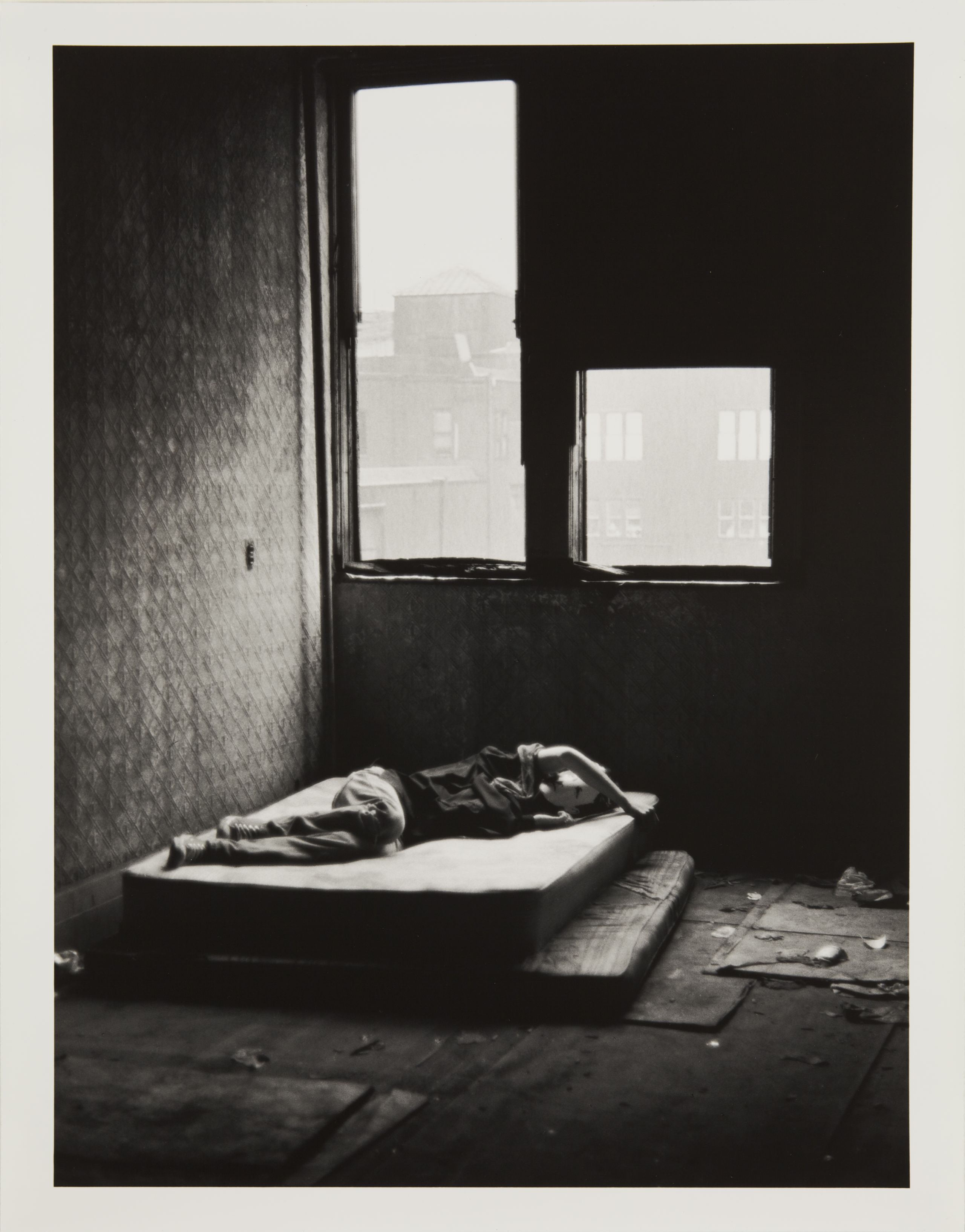
Arthur Rimbaud in New York Arthur Rimbaud in New York (laying on mattress), 1978-79/2004. Courtesy of the Estate of David Wojnarowicz and P.P.O.W, New York
Arthur Rimbaud in New York Arthur Rimbaud in New York (laying on mattress), 1978-79/2004. Courtesy of the Estate of David Wojnarowicz and P.P.O.W, New York
'Wojnarowicz used the camera as other artists would use a sketchbook: a source for images to be used and readapted within his work, as well as an early tool—even if borrowed—to express visually his literary notions. In the late ’70s, Wojnarowicz photographed himself and his friends around New York with a picture of Arthur Rimbaud’s face covering each of their own—a conceptual intervention. But the series is also personal: Wojnarowicz strongly identified with the French poet, who was born almost exactly one hundred years before him and, like Wojnarowicz, was gay.'
David Kiehl (curator at Whitney Museum)
Elle Pérez - 't' and 'gabriel'
Listen
'The overarching theme of my work is a celebration of the possibilities inherent to marginal spaces and identities. The subjects I’ve explored have ranged from people who identify as living between genders, entertainment wrestling, Puerto Rico, and underground nightlife.'
Elle Pérez in an interview by Groana Melendez for Baxter St at CCNY
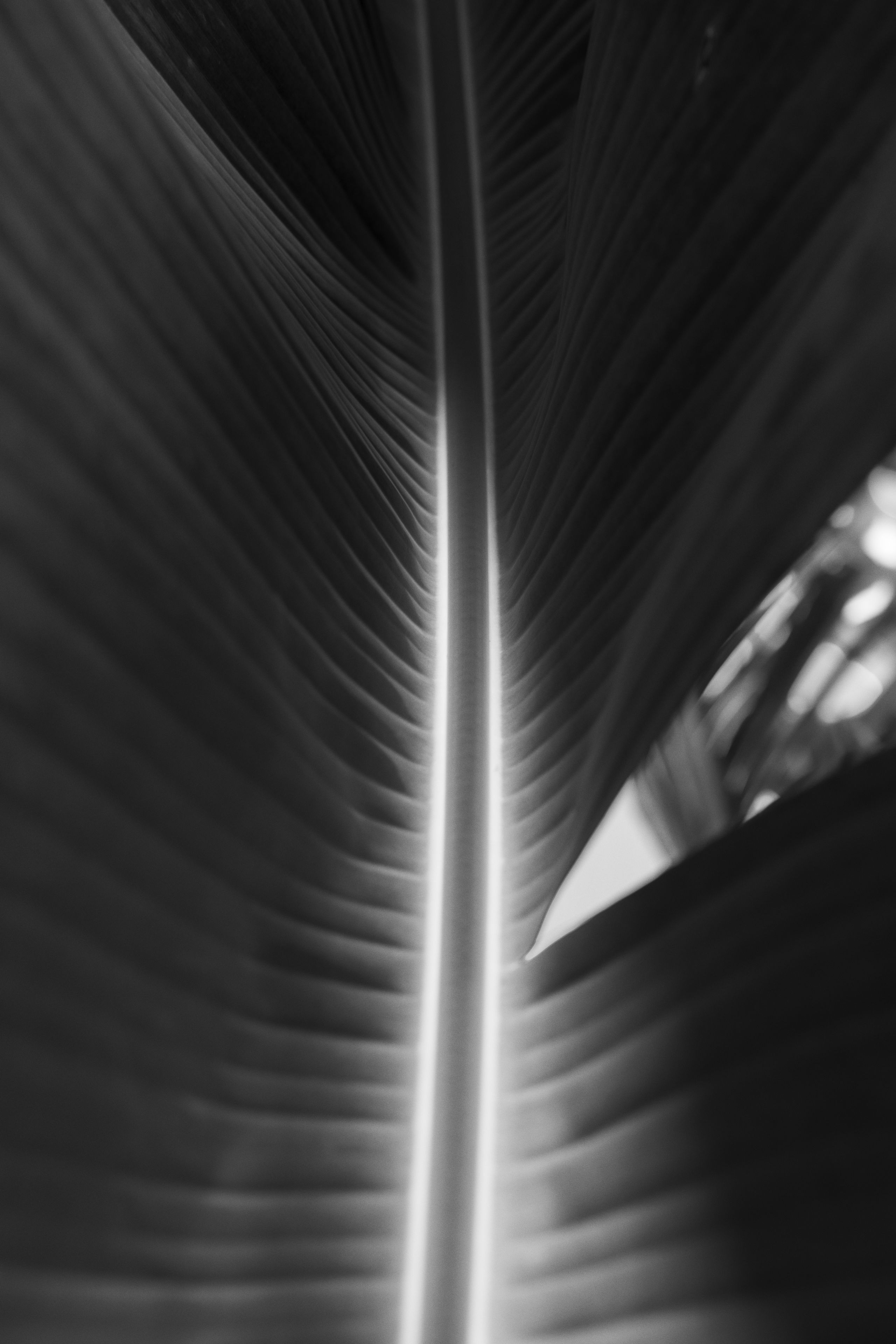
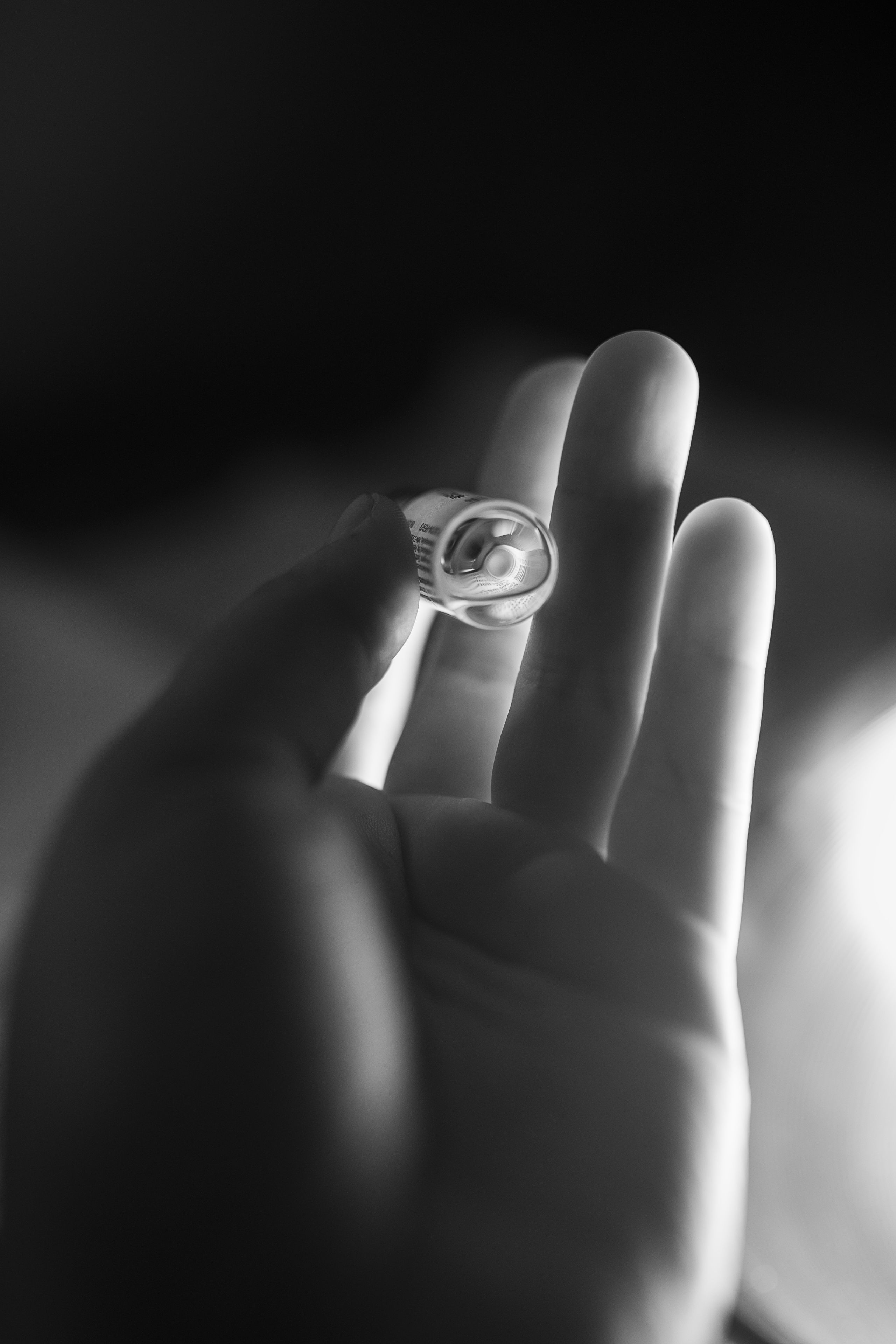

Elle Pérez, gabriel, 2019. Digital Silver gelatin print. Image courtesy of the artist and 47 Canal, New York
Elle Pérez, gabriel, 2019. Digital Silver gelatin print. Image courtesy of the artist and 47 Canal, New York

Elle Pérez, t, 2018. Silver gelatin print. Image courtesy of the artist and 47 Canal, New York
Elle Pérez, t, 2018. Silver gelatin print. Image courtesy of the artist and 47 Canal, New York
Deana Lawson - 'Sons of Cush'
Listen
'I think the inspiration came from invisibility or lack of seeing the presence of the brown body, even though I knew it had a certain majesty... I think as a black female photographer, my natural instinct was to image people who resemble people who I grew up around. In that sense, I didn’t make a political choice, but it was a political choice at the same time.
I realise too that there are several black experiences. I guess my identity as an artist or as an individual is singular and everyone else has a singular vision. I’m not a documentarian. The staged part, where I insert myself by bringing props, by having people pose in environments that are not always their own, in a way inserts my singular dream vision within something that’s very real. James Baldwin said, 'The crown has already been paid for. All we have to do is wear it.' I feel like every subject that I meet is wearing a crown. Not because I would take a picture of them, they already have that crown on. I want to capture within them something that represents the majesty of black life, a nuanced black life, one that is by far more complex, deep, beautiful, celebratory, tragic, weird, strange.'
Interview in MOMA Magazine from July 19 2019 with Roxana Marcoci
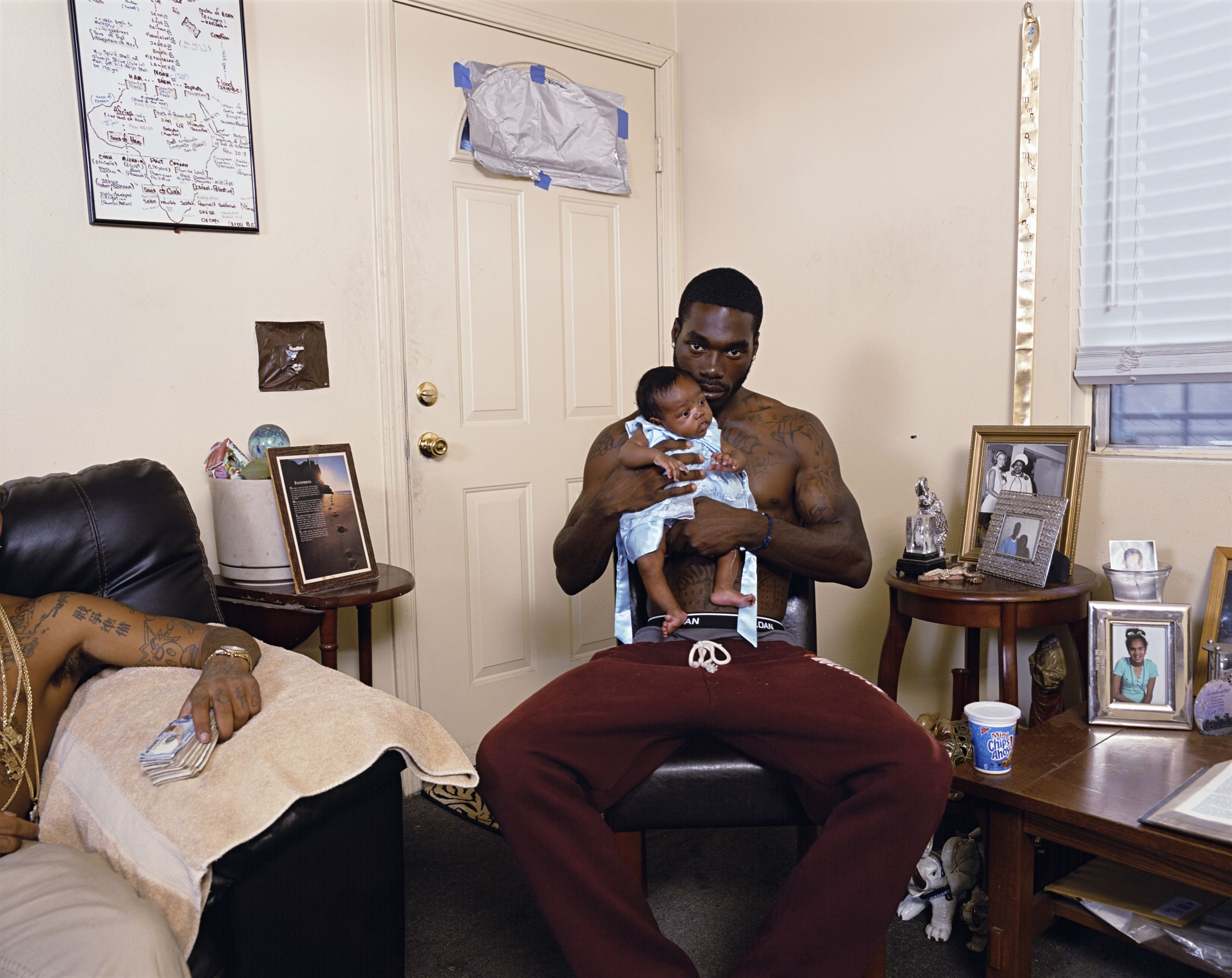
Deana Lawson, Sons of Cush, 2016 © Deana Lawson. Courtesy of Sikkema Jenkins & Co., New York, and Rhona Hoffman Gallery, Chicago.
Deana Lawson, Sons of Cush, 2016 © Deana Lawson. Courtesy of Sikkema Jenkins & Co., New York, and Rhona Hoffman Gallery, Chicago.
Tracey Moffatt - 'Heaven'
Listen
Tracy Moffatt [...] combines the voyeurism of Messager's work, the reactive quality of Anderson's work, and a third-wave feminist, 'girl power', direct engagement with her subjects.
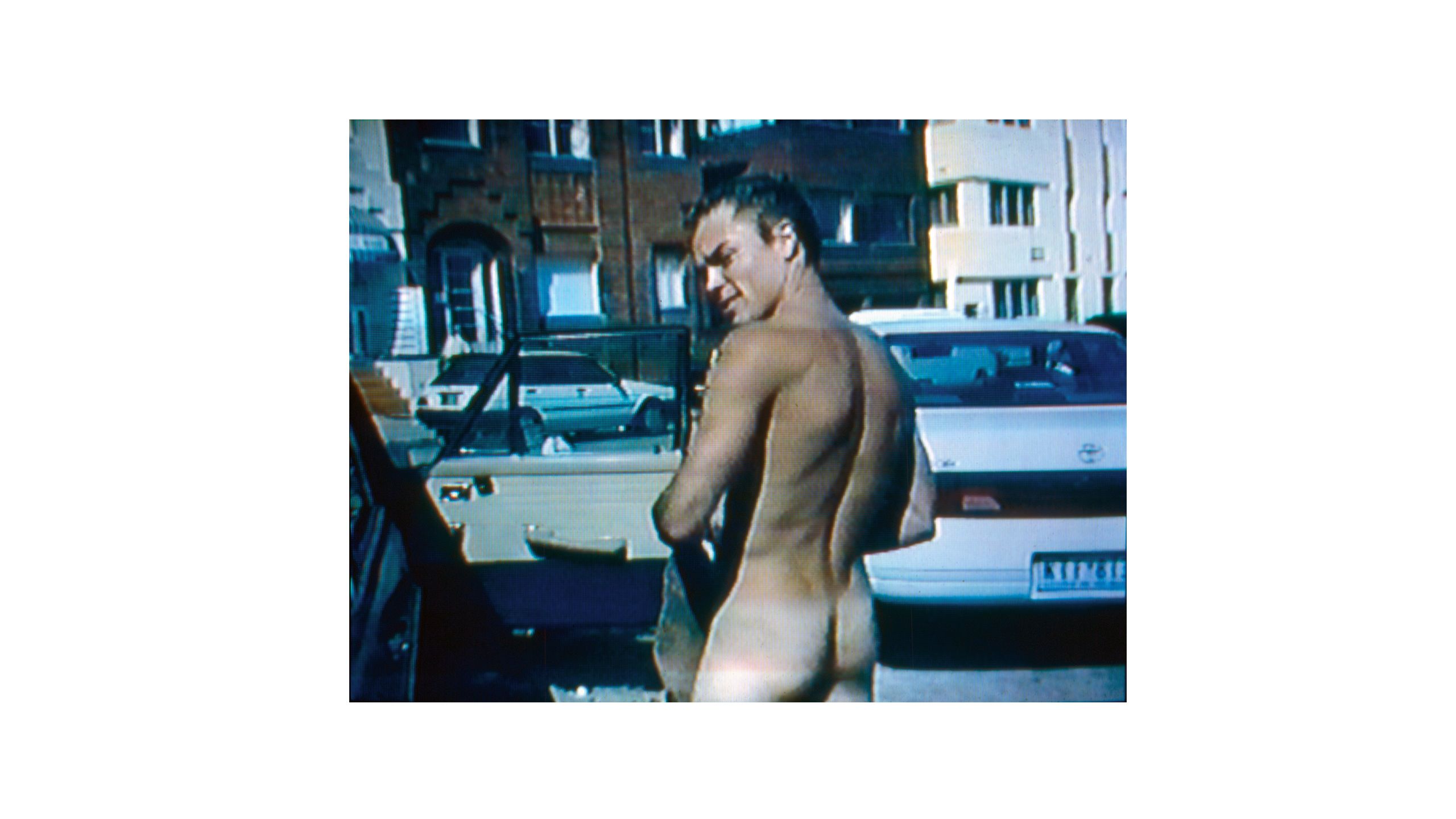
Tracey Moffatt, Still from Heaven, 1997. Video tape, 28 minutes. Courtesy of the artist and Roslyn Oxley9 Gallery, Sydney, Australia.
Tracey Moffatt, Still from Heaven, 1997. Video tape, 28 minutes. Courtesy of the artist and Roslyn Oxley9 Gallery, Sydney, Australia.
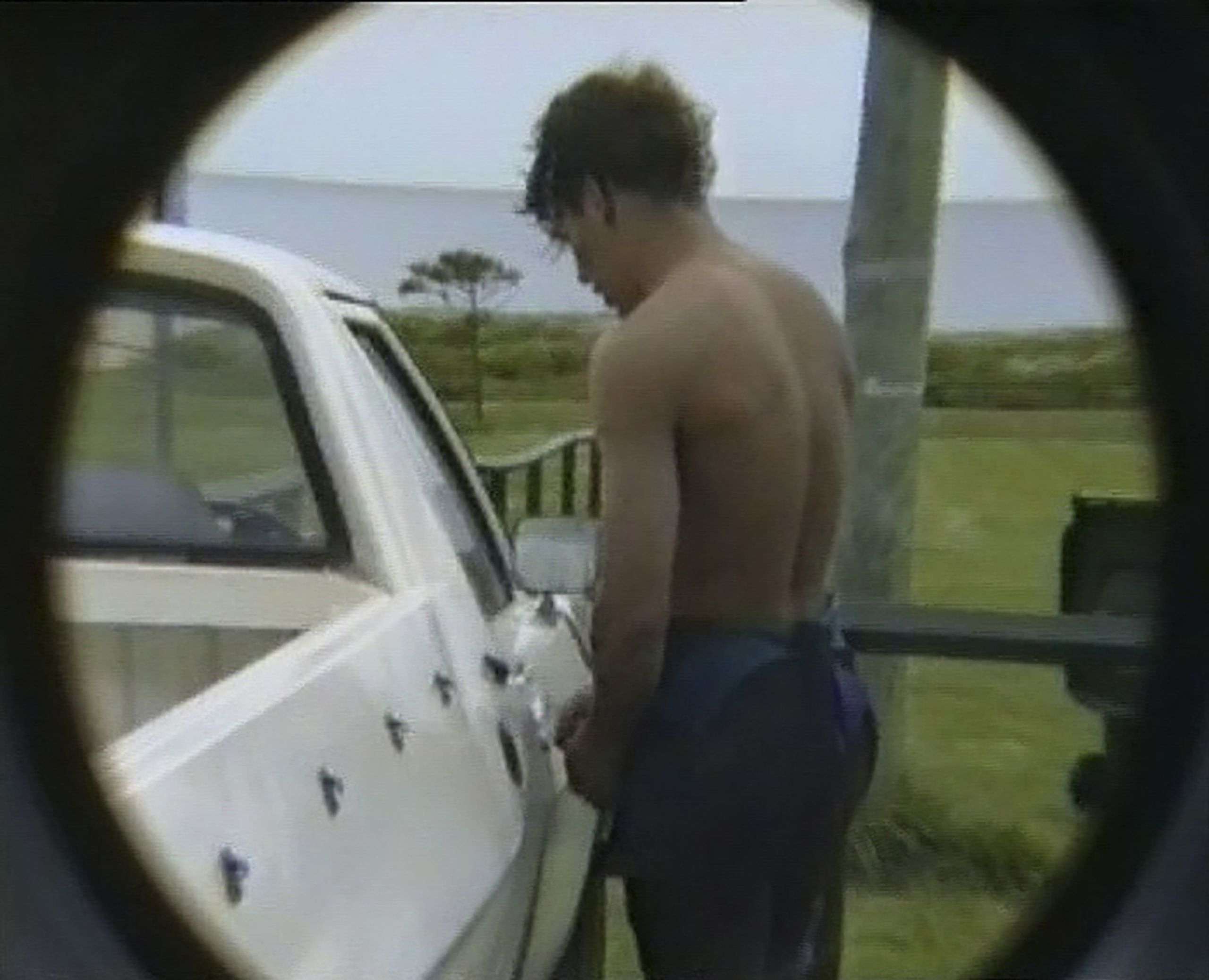
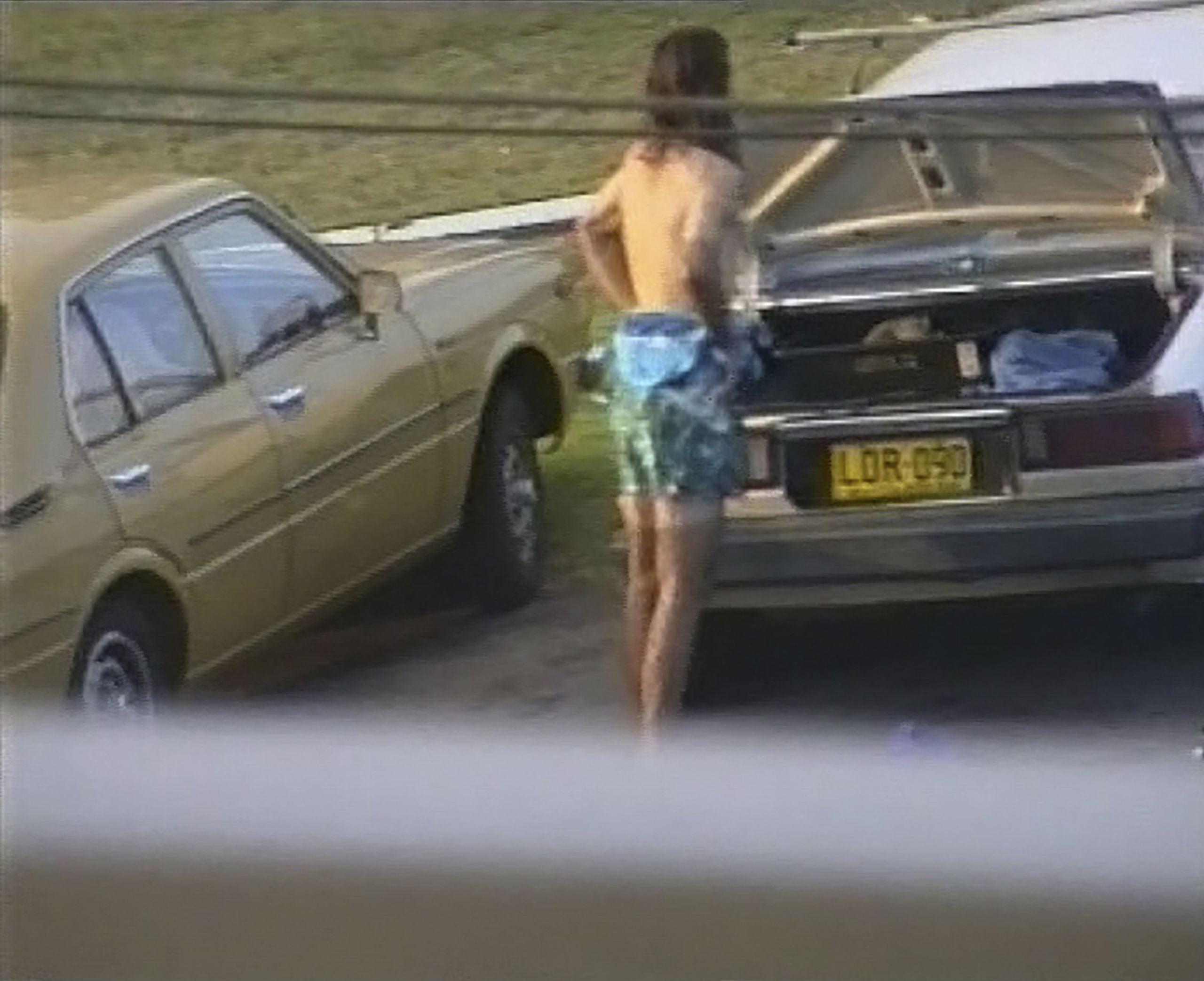


Tracey Moffatt, Still from Heaven, 1997. Video tape. Courtesy of the artist and Roslyn Oxley9 Gallery, Sydney, Australia.
Tracey Moffatt, Still from Heaven, 1997. Video tape. Courtesy of the artist and Roslyn Oxley9 Gallery, Sydney, Australia.

Tracey Moffatt, Still from Heaven, 1997. Video tape. Courtesy of the artist and Roslyn Oxley9 Gallery, Sydney, Australia.
Tracey Moffatt, Still from Heaven, 1997. Video tape. Courtesy of the artist and Roslyn Oxley9 Gallery, Sydney, Australia.

Tracey Moffatt, Still from Heaven, 1997. Video tape. Courtesy of the artist and Roslyn Oxley9 Gallery, Sydney, Australia
Tracey Moffatt, Still from Heaven, 1997. Video tape. Courtesy of the artist and Roslyn Oxley9 Gallery, Sydney, Australia
About Masculinities: Liberation through Photography
Through the medium of film and photography, this major exhibition considers how masculinity has been coded, performed, and socially constructed from the 1960s to the present day. Examining depictions of masculinity from behind the lens, the Barbican brings together the work of over 50 international artists, photographers and filmmakers including Laurie Anderson, Sunil Gupta, Rotimi Fani-Kayode, Isaac Julien and Catherine Opie.
Masculinities: Liberation through Photography has been extended until Sunday 23 August 2020. Advance booking is essential and additional safety measures will be in place.